This article was co-authored by Lauren Baker, DVM, PhD. Dr. Lauren Baker is a Veterinarian and Assistant Scientist at the University of Wisconsin-Madison. With over 10 years in veterinary medicine, she specializes in the concept of “one health,” which uses insights from veterinary medicine to help human medical research. She holds a Ph.D. in Comparative Biomedical Sciences, a Doctor of Veterinary Medicine, an MS in Comparative Biomedical Sciences, and a Bachelor’s degree in Psychology from the University of Wisconsin-Madison.
There are 9 references cited in this article, which can be found at the bottom of the page.
This article has been viewed 34,991 times.
Shock is a life-threatening condition that occurs when oxygen and nutrients can't reach the tissues in a cat's body. Incidents such as wounds, poisoning, allergies, heat stroke, and other forms of trauma can trigger shock in cats. To save your cat's life, you'll need to recognize the symptoms of shock, such as lethargy, irregular heart rate, and pale or discolored gums. It's also important to provide immediate care before getting to the vet when your cat is in shock, and know how to care for your cat as they recover. For good measure, you should also know how to prevent future occurrences of shock.
Steps
Checking for Symptoms of Shock
-
1Check for lethargy and/or confusion. A cat in shock might not recognize their surroundings or housemates. They might also stagger or fall from being off balance. Their energy level could range from low to non-existent. They won't respond if you try to play with them or open a can of food.[1]
-
2Look for an irregular heart rate. The normal heart rate for calm adult cats is 110-130 beats per minute (bpm). For kittens, it's 180-220 bpm.[2] Cats in the early stages of shock might have an abnormally high heart rate. It might then slow to a weak, slow rate. If your cat has no pulse, administer CPR immediately.[3]
- To check your cat's pulse, place your hand on their chest just behind the left elbow. Count each heartbeat for 15 seconds. Multiply that number by four.[4]
- If your cat is excited or scared, such as when they are in an unfamiliar situation or have just experienced trauma, they may have an abnormally high heart rate.
- The cat's pulse should be strong and easy to feel. If the pulse is weak or feels like it is getting weaker, then it is another sign of shock.
Advertisement -
3Check for rapid breathing. On average, calm, healthy cats take 16 to 40 breaths per minute. A cat in shock will take more than 40 breaths per minute. However, the breaths will be shallow. If your cat stops breathing, perform CPR immediately.[5]
- To calculate your cat's breathing rate, count the number of times your cat's chest rises (inhaling) or falls (exhaling) in 15 seconds. Multiply that number by four. Don't count both rising and falling, as this will give you an inaccurate rate.[6]
-
4Test for hypothermia. Cats in shock experience a drop in body temperature. Feel your cat's limbs and the underside of their paws. If they feel cold to the touch, wrap your cat in a towel or blanket. Call the vet immediately.[7]
-
5Look for pale skin and discolored gums. When a cat is in shock, blood will be drawn away from their nose and tongue. This causes both sources of exposed skin to become pale. Their gums will darken to a dark pink at first. As blood withdraws from the area, the gums will turn gray or white.[8]
-
6Test for poor circulation. Press your finger against your cat's gums for a second. When you remove it, you should see a white patch where your finger was. This test is called capillary refill time (CRT). If it takes more than 2 seconds to become pink again, your cat's blood circulation is abnormally low. Call your vet immediately.[9]
- It is possible for a cat to have a normal CRT and still be in shock. Normal CRT is 1-2 seconds. In the early stage of shock, CRT may be less than 1 second. This can become a normal 1-2 seconds in the middle stage of shock. In the late stage of shock, CRT will be greater than 2 seconds. You may want to repeat the test to double check your results.
-
7Check for dehydration. If your cat has experienced prolonged vomiting or diarrhea, they might be dehydrated. Gently take the skin between your cat's shoulder blades and pull it upward. The skin should fall back into place after you release it. If it fails to fall back after two seconds, your cat is likely dehydrated and needs immediate veterinary attention.[10]
Administering Immediate Care
-
1Seek veterinary help immediately. Shock can kill quickly. Immediately after your cat has sustained a major injury, such as being hit by a car or receiving a deep cut, take them to your vet or local animal hospital. Do this even if your cat seems okay following the incident.
- If shock comes about as the result of heat exhaustion or allergies, seek out your vet as soon as your cat starts to act lethargic or confused. When shock is caught in its early stages, your cat will have a better chance of survival.[11]
-
2Stop any bleeding. If your cat has sustained a wound, apply direct pressure to slow or stop the bleeding. Wrap the wound in sterile gauze. If you don't have access to gauze, use a clean towel to wrap the wound.[12]
-
3Regulate your cat's body temperature and blood flow. Cover them with a blanket. This will keep them warm en route to the vet's office or animal hospital. Keep their head at a lower level than their heart by placing towels under their torso. This will direct blood flow to their brain.[15]
- If you suspect your cat may have a head injury, do not let its head rest lower than its heart unless you are directed to do so by a vet.
-
4Clear your cat's airways. Check for a build-up of secretions around your cat's nose and mouth. Clear them away with your hand or a towel. Make sure nothing covers their mouth or nose.[16]
-
5Don't feed your cat. If your cat is lethargic or losing consciousness, they can choke on food or water. Even if they're still fully alert, they could still start vomiting, which could speed up dehydration. Your vet will administer food and water once your cat is stabilized.[17]
Caring for Your Recovering Cat
-
1Visit your cat at the vet's office. Cats recovering from shock usually have to stay at the vet's office or animal hospital for several days. However, it's important to their recovery that they see familiar faces and hear familiar voices. Talk to your cat and pet them often to reduce their stress.[18]
-
2Limit your cat's activity. If your cat is recovering from a fracture or surgery, you'll have to reduce the likelihood of a relapse after they come home. Keep them in the smallest room you have. Clear away any furniture and block access to window sills that your cat would like to jump on.[19]
-
3Administer medication as prescribed. Follow the dosing instructions on the package. Don't stop giving your cat their medicine at the first sign of improvement. If the vet gives you a 14-day dosage, give the cat the medicine for the full 14 days.[20]
-
4Care for any healing wounds. Change the dressing as directed by your vet. Administer any topical medications that your vet prescribes. Check the wound and/or stitched area for redness, swelling, bleeding, discharge, or a foul odor. These could indicate infection. If you notice any of these side effects, call your vet immediately.[21]
Preventing Shock
-
1Seek veterinary assistance immediately after any trauma. Any injury from a burn to a broken bone to a hit-and-run can throw your cat into a state of shock. Injured cats might seem okay at first, but shock can set in quickly and cause rapid deterioration in your cat's health. Don't leave anything to chance. When in doubt, get your cat to your vet or nearest animal hospital.[22]
-
2Keep all toxins out of your cat's reach. Poisoning is another trauma that can trigger shock. Various plants, foods, and medications can poison your cat. The American Association for the Prevention of Cruelty to Animals (ASPCA) has developed an exhaustive list of these potential toxins.[23] Replace any toxic plants with non-toxic alternatives. Keep medications in child-safe bottles or securely sealed in pill sorters. Store toxic foods like chocolate, citrus fruits, and avocados in the fridge.
-
3Prevent dehydration. Dehydration can bring on shock. Make sure your cat has a constant supply of water throughout the day. Top off the water bowl before you leave for work and go to bed.
- If your cat experiences heavy vomiting or diarrhea, they could become dehydrated. Contact your vet if vomiting doesn't clear up after 24 hours or if diarrhea doesn't stop after 48 hours.[24]
-
4Keep your cat indoors. Heat stroke and car accidents are common incidents that can trigger shock. Cats who live indoors don't face these dangers. If you must take your cat outside, keep them in a cat crate or securely wrapped in a towel.
- If you want your cat to be able to explore, purchase a cat harness and train your cat to use a leash.
References
- ↑ https://www.vetinfo.com/signs-cat-shock.html
- ↑ http://www.lifesabundance.com/ftpdocs/shock.pdf
- ↑ https://www.vetinfo.com/signs-cat-shock.html
- ↑ http://www.lifesabundance.com/ftpdocs/shock.pdf
- ↑ https://www.vetinfo.com/signs-cat-shock.html
- ↑ http://www.catster.com/cat-health-care/cat-first-aid
- ↑ https://www.vetinfo.com/signs-cat-shock.html
- ↑ https://www.vetinfo.com/signs-cat-shock.html
- ↑ https://www.vetinfo.com/signs-cat-shock.html
- ↑ http://www.lifesabundance.com/ftpdocs/shock.pdf
- ↑ http://www.lifesabundance.com/ftpdocs/shock.pdf
- ↑ http://www.lifesabundance.com/ftpdocs/shock.pdf
- ↑ http://www.petmd.com/cat/emergency/accidents-injuries/e_ct_wound_treatment
- ↑ http://www.lifesabundance.com/ftpdocs/shock.pdf
- ↑ http://www.petmd.com/cat/emergency/accidents-injuries/e_ct_shock
- ↑ https://www.avma.org/public/EmergencyCare/Pages/Basic-Pet-First-Aid-Procedures.aspx
- ↑ http://www.petmd.com/cat/emergency/accidents-injuries/e_ct_shock
- ↑ http://www.merckvetmanual.com/special-pet-topics/emergencies/emergency-care-for-dogs-and-cats
- ↑ http://www.merckvetmanual.com/special-pet-topics/emergencies/emergency-care-for-dogs-and-cats
- ↑ https://www.avma.org/public/PetCare/Pages/YourPetsMedications.aspx
- ↑ http://www.merckvetmanual.com/special-pet-topics/emergencies/emergency-care-for-dogs-and-cats
- ↑ http://www.lifesabundance.com/ftpdocs/shock.pdf
- ↑ https://www.aspca.org/pet-care/animal-poison-control
- ↑ http://www.lifesabundance.com/ftpdocs/shock.pdf
About This Article
If your cat has sustained a major injury from an accident or deep cut, immediately take it to the vet, since it will have a better chance of survival if shock is caught early. To recognize signs of shock in your cat, look for signs of lethargy or confusion like low energy levels or the inability to stand up. Additionally, check your cat’s heartbeat by placing your hand on its chest behind the left elbow. A normal heart rate for adult cats is 110-130 beats per minute. If you suspect your cat is in shock, feel its limbs and paws and immediately call a vet if it is cold to the touch, since it may have hypothermia. For more advice from our Veterinary co-author, including how to check your cat for dehydration, keep reading!

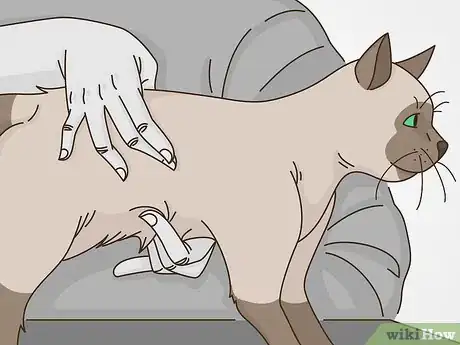
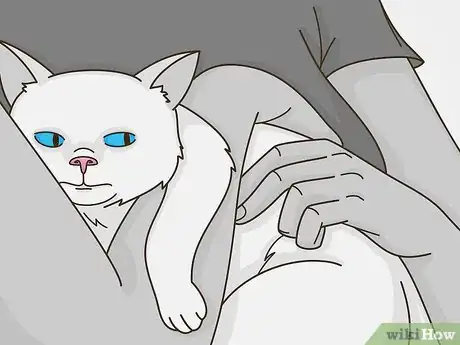
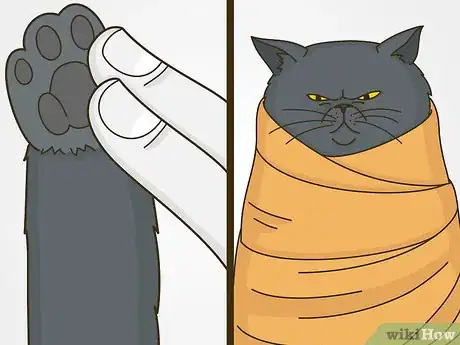

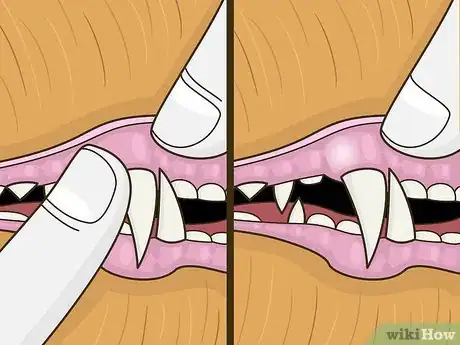
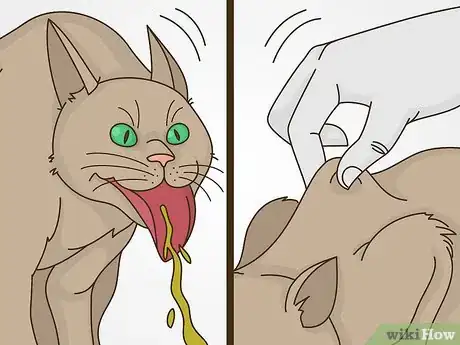
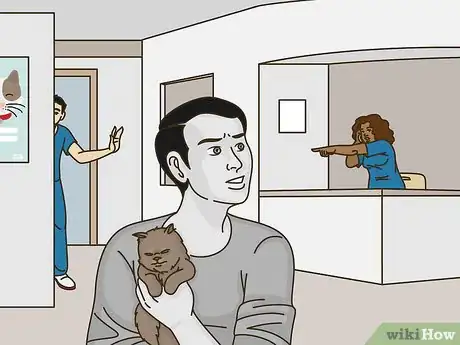
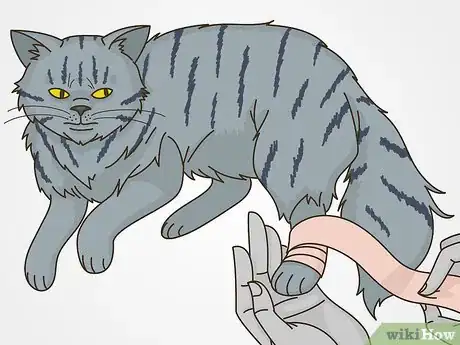
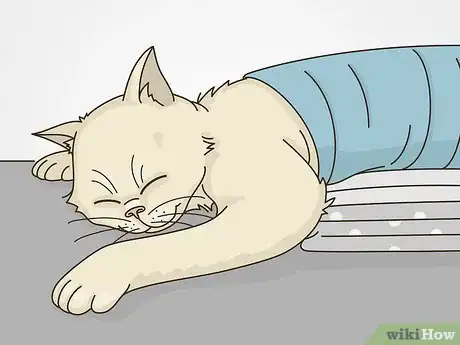
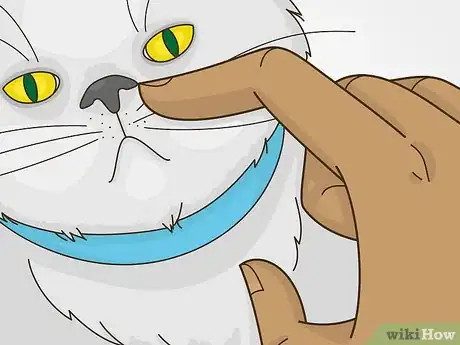

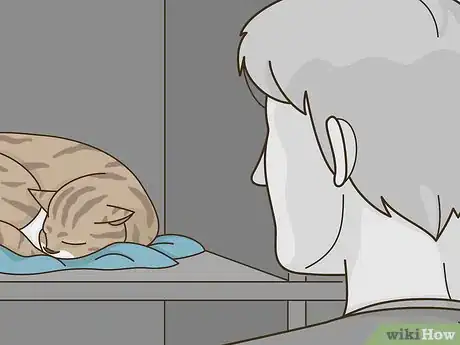
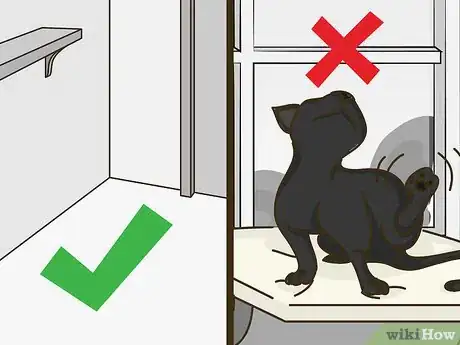
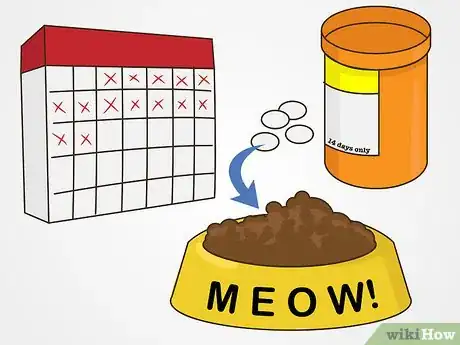
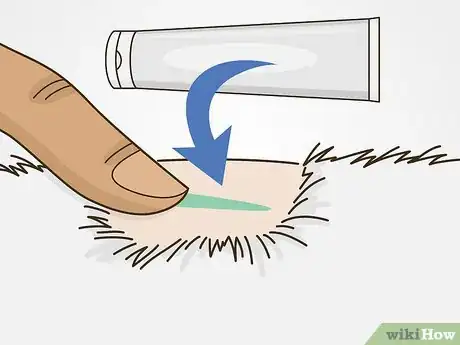
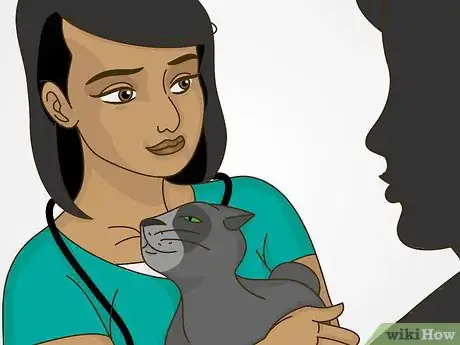



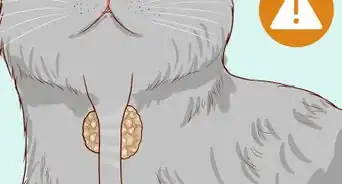

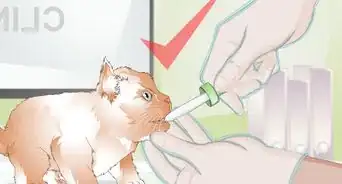
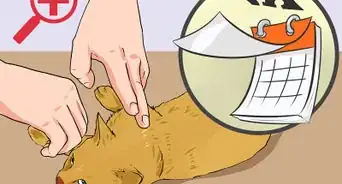
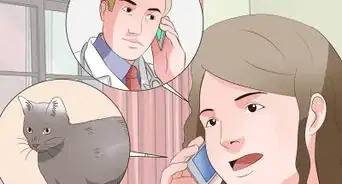
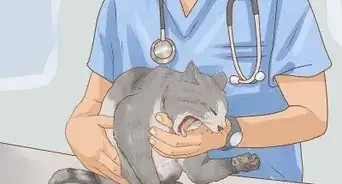
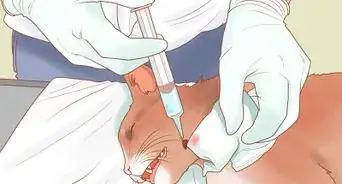
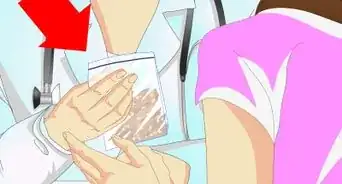
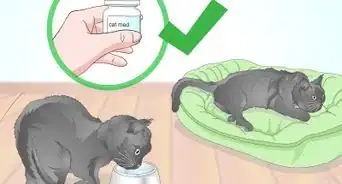

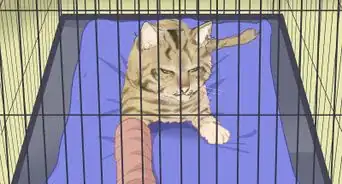
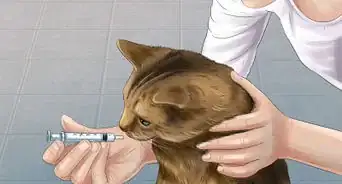

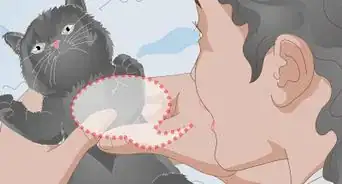









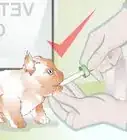
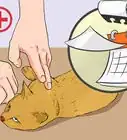




































Medical Disclaimer
The content of this article is not intended to be a substitute for professional medical advice, examination, diagnosis, or treatment. You should always contact your doctor or other qualified healthcare professional before starting, changing, or stopping any kind of health treatment.
Read More...